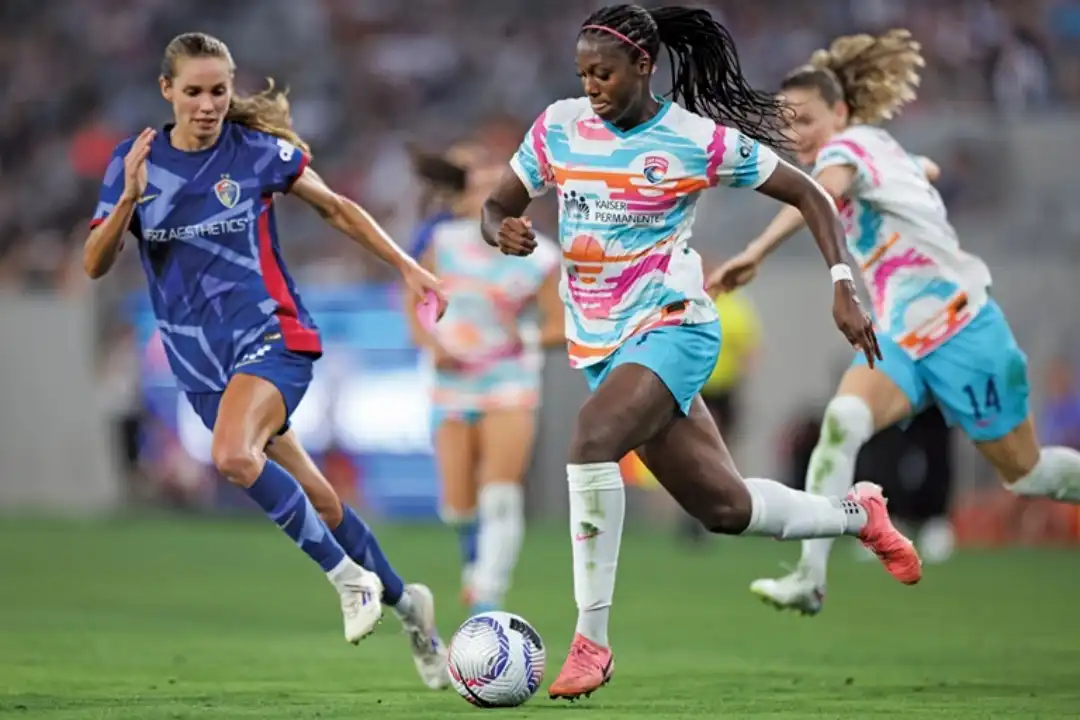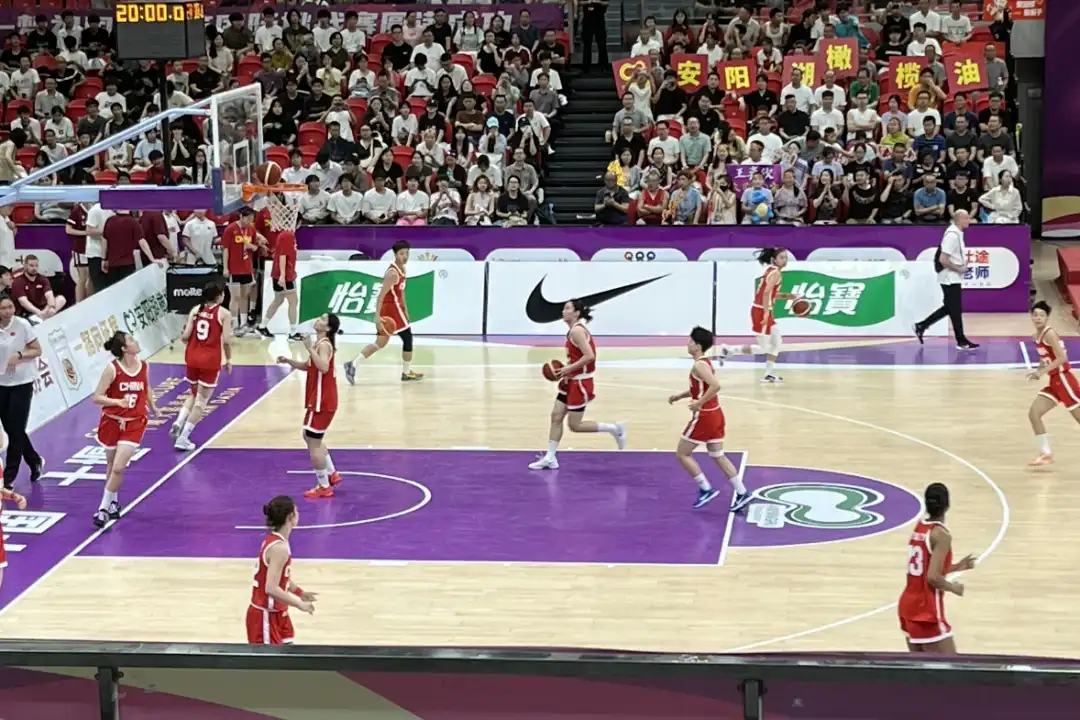The Surge in Women’s Sports: What It Reveals and the Positive Impacts Ahead
A Cultural Shift in the Making: Women's Sports Gain Ground
In recent years, women's sports have taken center stage like never before. The increase in visibility, media coverage, and fan engagement signals a profound cultural shift. Women athletes are no longer fighting for a seat at the table; they’re building their own arenas, and the sports world is taking notice. But this transformation isn’t just about winning championships—it’s about changing the narrative and confronting long-standing issues in sports and society.

The Issues Revealed: Structural Inequality and Historical Disadvantage
The growing success of women’s sports casts a glaring light on the persistent inequalities that have defined the sports landscape for decades. Historically, women athletes were relegated to the sidelines, with limited funding, fewer opportunities, and unequal media representation. For example, it wasn’t until 1972 that Title IX was passed in the U.S., ensuring gender equality in school sports. However, the aftereffects of systemic neglect can still be felt today.
Despite these barriers, women’s sports are seeing increased participation, growing sponsorship deals, and enhanced media coverage. But this success highlights a larger issue: a fundamental shift is still needed in how women’s sports are viewed and treated across the board.
The Power of Representation: Changing the Game for Future Generations
At the heart of this progress is the importance of representation. Role models like Serena Williams, Megan Rapinoe, and Simone Biles have become cultural icons, not just for their athletic prowess but for the barriers they’ve shattered. Their success has sparked a ripple effect, with young girls around the world inspired to lace up their cleats, pick up their racquets, and hit the gym.

This wave of inspiration is more than just a feel-good story. Studies have shown that when young girls see female athletes succeeding at the highest levels, their own self-confidence and aspirations skyrocket. The participation rates in women’s sports have climbed steadily, and it’s no coincidence. Visibility breeds opportunity—and opportunity breeds success.
The Ripple Effects: Economic Impact and Social Change
The rise of women’s sports also carries significant economic benefits. Networks are investing more in women’s leagues, and brands are increasingly using female athletes to connect with a diverse, passionate consumer base. In 2022 alone, the Women's National Basketball Association (WNBA) signed multi-million-dollar deals with major media platforms, including ESPN, signaling the growing commercial appeal of women’s sports.
Moreover, the increased exposure of women’s sports leads to more sponsorship opportunities and higher salaries for female athletes. The argument for equal pay, especially in sports like soccer and tennis, has gained traction. Last year, the U.S. Women’s National Soccer Team reached a historic pay equity agreement, while the WNBA and tennis’ grand slam tournaments have long been trailblazers in pay parity.

On a broader level, this growth in women’s sports offers a broader societal benefit: breaking down gender stereotypes. Women athletes are demonstrating that physical prowess, competitiveness, and athleticism are not confined to men. These examples challenge outdated ideas about what women can or cannot do—and ultimately contribute to a more inclusive and equitable society.
Looking Ahead: The Future of Women’s Sports and the Road to Full Equality
While progress is undeniable, challenges remain. Female athletes still face obstacles like unequal sponsorship opportunities, media coverage disparities, and fewer resources for women’s sports programs. But the continued momentum suggests that change is not just possible—it’s inevitable.
We’re seeing this in the rising popularity of women’s professional leagues, the increasing presence of female coaches and executives, and the growing investment in women’s sports from both public and private sectors. As more women rise to positions of leadership and influence within the sports industry, it’s likely that these disparities will diminish further.
Additionally, ongoing support from fans—who are showing up for women’s games in record numbers—will help solidify the foundation for long-term growth. The narrative is shifting, and with each season, each event, and each victory, women’s sports continue to carve out their place in the broader cultural fabric.

Women's Sports Aren’t Just Rising; They’re Reshaping the Game
This is a moment of opportunity not only for women in sports but for society at large—an opportunity to rewrite old narratives, celebrate true equality, and witness history in the making. The future of sports is female, and it’s only getting started.





